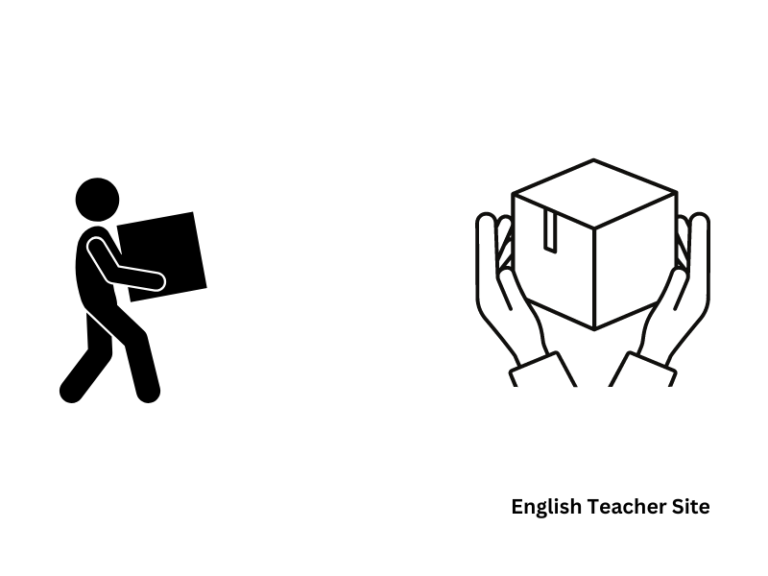What is Subject Verb Agreement: Essential Rules for Flawless Grammar

- Subject–verb agreement is a grammatical rule connecting verbs with subjects in number.
- Singular subjects require singular verbs, while plural subjects must have plural verbs.
- Mastery of subject-verb agreement enhances the clarity and accuracy of language use.
The concept might seem straightforward when dealing with simple sentences, but it becomes more complex with compound subjects, collective nouns, and indefinite pronouns. Misunderstanding can lead to errors in formal writing and everyday communication. Knowing the rules of subject-verb agreement helps in constructing sentences accurately and enables writers and speakers to convey their messages with precision.
Decoding “What Is Subject-Verb Agreement?”
Subject-verb agreement is a fundamental rule in English grammar that dictates how subjects and verbs interact. At its core, the rule states that a singular subject takes a singular verb, while a plural subject takes a plural noun.
The Basic Rule:
- Singular subject + singular verb: She walks.
- Plural subject + plural verb: They walk.
Person and Number:
Verbs must agree with their subjects in both number (singular or plural) and person (first, second, or third). The distinction is usually apparent in the present tense:
- First Person Singular: I am.
- Second Person Singular: You are.
- Third Person Singular: He/She/It is.
Irregularities:
Some subjects may appear plural but are actually singular, or vice versa, calling for careful identification:
- The news is overwhelming (singular).
- Statistics suggest a different outcome (plural).
Collective Nouns:
When a collective noun refers to a group as a single entity, it takes a singular verb. If it emphasizes individual members, it takes a plural verb.
- The committee decides (singular).
- The committee are arguing (plural).
Fundamentals of Subject-Verb Agreement
In crafting sentences, it is essential to align subjects with their corresponding verbs in number and person, ensuring clarity and grammatical precision.
Defining Subject-Verb Agreement
Subject-verb agreement is a cornerstone of English grammar that dictates the form of the verb must be compatible with the subject in a sentence. This means that a singular subject requires a singular verb, while a plural subject demands a plural verb. Additionally, the agreement often encompasses person and tense, predominantly in the present tense, where the third person singular subjects often lead to singular verbs ending in -s or -es.
Basic Rules of Agreement
Singular and Plural Subjects: A singular subject takes a verb with no -s ending (e.g., he runs), whereas a plural subject takes a verb with an -s ending (e.g., they run).
- Example: The cat (singular subject) chases (singular verb) …
- Example: The cats (plural subject) chase (plural verb) …
Number Agreement: The rule of number agreement states that the verb must follow the number of the subject, regardless of intervening phrases.
- Example: The list of items (singular subject) is (singular verb) …
Third Person Singular in Present Tense: Forming the correct singular verbs in the present tense for third person singular often involves adding an -s or -es to the base form.
- Example: He (singular subject) writes (singular verb in present tense) …
Concord with Collective Nouns: A collective noun can take either singular or plural verbs based on whether the group is seen as a single unit or individuals.
- Example: The jury (singular subject) deliberates (singular verb) as one unit …
- Example: The jury (plural subject, if acting individually) deliberate (plural verb) …
Agreement Despite Intervening Phrases: Phrases or clauses placed between the subject and verb do not affect the agreement.
- Example: The basket of apples (singular subject) is (singular verb) …
Remember, maintaining proper subject-verb agreement is essential for clear, grammatically correct sentences.
Complexities in Subject-Verb Agreement
Navigating the rules of subject-verb agreement can be notably challenging when dealing with indefinite pronouns and compound subjects.
Subject-Verb Agreement with Indefinite Pronouns
Indefinite pronouns, such as every, each, none, and more than one, often lead to confusion in subject-verb agreement. Although they seem to suggest plurality, these pronouns often require singular verbs. For example, each of the players has a locker. However, some indefinite pronouns, like none, can be singular or plural based on the context of the nouns they represent, which dictates whether they are treated as countable or uncountable nouns. As a rule, if none refers to a non-countable noun, then it takes a singular verb, and if it refers to a plural countable noun, it takes a plural verb.
- In sentences with each or every, use a singular verb: Every bottle of milk is on the shelf.
- When none represents a singular concept, it takes a singular verb: None of the information is accurate.
- In cases where none refers to a plural concept, a plural verb is appropriate: None of the players are in the locker room.
Ensuring Agreement in Compound Subjects
Compound subjects that are connected by and usually take a plural verb because they are considered as a single entity. However, when the subjects connected by and refer to the same person or thing, or are collectively thought of as one unit, a singular verb is used. Using either and neither with nor or or in compound subjects also introduces a test of agreement. The verb should agree with the part of the subject that is closer to the verb.
- For a singular compound subject joined by and, a singular verb is used: Macaroni and cheese is his favorite dish.
- When either or neither is used with nor or or, the verb should match the nearest subject: Neither the manager nor the employees want to stay late.
My name is Khamis Maiouf. I am the creator of the English Teacher Site, dedicated to providing valuable resources and insights for students around the world. With a passion for education and a commitment to helping students enhance their skills, I aim to make English teaching more effective and enjoyable for both educators and students.






